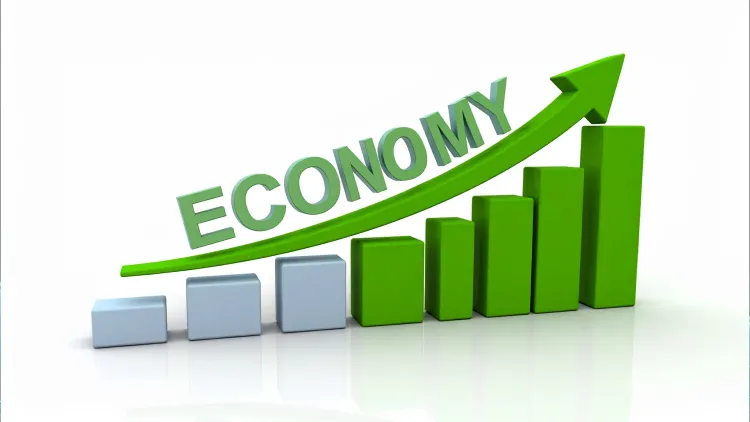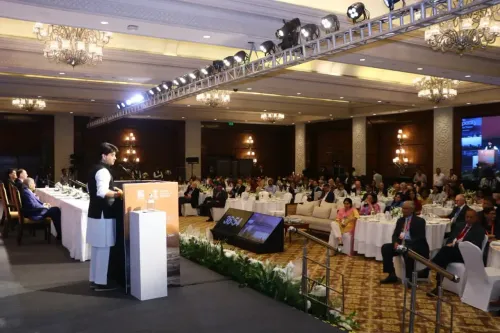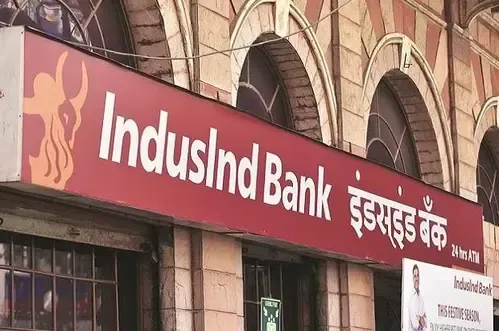Will the Indian economy thrive despite US tariffs?

Synopsis
Key Takeaways
- India is prioritizing national interests in its trade negotiations.
- The 25% tariffs are expected to have a short-term impact.
- FTAs with various nations provide India with export opportunities.
- India's historical resilience suggests it can weather economic challenges.
- The country has diversified its oil imports significantly.
New Delhi, Aug 1 (NationPress) Speculation has intensified since US President Donald Trump declared a 25 percent tariff on exports from India. Yet, India has resisted pressure to open its markets, prioritizing the welfare of farmers, MSMEs, and its need for affordable energy, according to a report released on Friday.
As the sanctions are set to take effect from August 1, India remains in discussions with American officials to finalize a trade deal, as indicated by Ventura in its report.
Negotiations are anticipated to recommence around mid-August, with a deal potentially being reached by October.
"In this situation, the adverse effects are expected to be short-lived, paving the way for a more favorable trade path," the report noted.
In light of the sanctions targeting the Indo-Russian oil refining and marketing firm Nayara, the US's 25 percent tariffs and unspecified penalties on India’s ongoing purchases of Russian crude and military equipment could disrupt exports and influence the economy. However, unlike many nations that have acquiesced to President Trump’s demands, India has remained steadfast in protecting its markets, emphasizing the national interest of farmers, MSMEs, and affordable energy, as detailed in the report.
Despite the 25 percent tariffs, India maintains its competitive edge, especially when compared to countries like Vietnam and China, which face tariffs of 46 percent and 54 percent, respectively.
While export volumes may be affected, India can mitigate much of the impact by utilizing the recent FTAs with Australia, UAE, EFTA, ASEAN, and SAARC nations, according to the report.
The tariffs do not apply to pharmaceuticals, energy products, and certain electronic devices, as per the initial April announcement, which provides some relief for India during ongoing negotiations.
Even under pessimistic projections, economists do not foresee more than a 0.5 percent impact on India’s GDP, as per the report.
Historically, during disruptive events like the sanctions following India’s Pokhran nuclear tests (May 1998), the 2008 global financial crisis, and the COVID-19 pandemic, India has consistently emerged as a stronger economy, with equity markets reaching record highs.
Moreover, following the Russia-Ukraine conflict, India has diversified its oil imports, expanding from 27 traditional suppliers to 40 countries today.
There’s no reason why India cannot successfully redirect its exports from the US to other global markets.
The recently signed FTAs and India’s robust geopolitical diplomacy offer a prime opportunity to explore new markets, the report concluded.









